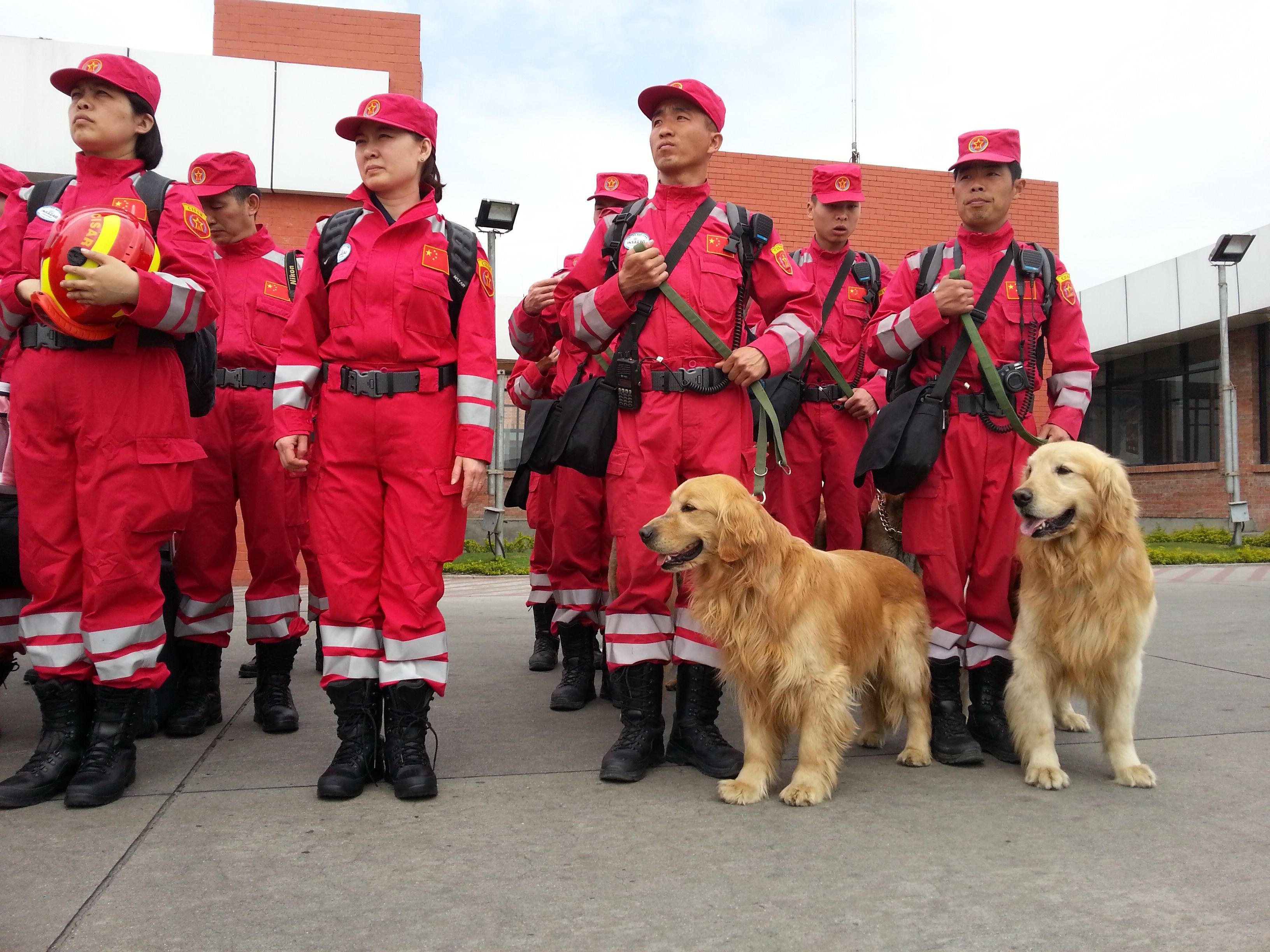

Provincial officials have been invited to try out the goggles on a night flight, but haven’t responded to the offer, Danks said. “If you add up the amount of man hours that it takes to extract someone over land as opposed to with (helicopter), it’s astronomically different, like we’re putting way more people at risk.” It requires less people and it’s much better for patient care. “Instead we’re doing other exits, dropping (rescue volunteers) off and walking overland and carrying people back when we’ve already proven (a hoist) is far superior. We had a crew there that was trained and capable to do the extraction, but because of limitations put in by the province we’re not able to do that. “But there’s nothing we could do for him.

“So right away, we’re able to pinpoint where he is,” Danks said. They wouldn’t have seen his arm sticking out from a crevice from that distance in daylight, no matter how vivid the orange on the victim’s sleeve may have been. Crown incident, the helicopter crew was able to spot the 50-year-old victim’s phone light from more than a kilometre away. Murray and Danks have requested a risk matrix showing night hoists with night-vision goggles are less safe than landing a crew of four or five nearby and have them make their precarious way to a victim in the dark, but have so far been left empty-handed.Ībout 35 per cent of North Shore Rescue calls arrive within 60 minutes of nightfall. “As a last resort we will do that, but we shouldn’t have to.” “It causes a hurricane downwash that breaks branches, it raises creeks right out of the creek bed, it is incredibly hazardous. “I’ve been hoisted into that helicopter and it is absolutely terrifying because it’s not fit for the terrain,” Danks said. While the Cormorant crew’s expertise is impeccable, Danks said, Cormorants are meant for open-sea operations, not the tight work of rescuing people in forested ravines. 5 to take a severely injured hiker to hospital. Most recently, a Cormorant helicopter from 442 Squadron in Comox had to be called in for a nighttime rescue on Sept. Adding Class D helicopter rescue further and substantially increases the risk to the volunteers.” Asked what additional risks are involved in a nighttime helicopter hoist when flying with night-vision goggles, a spokesperson said: “Using helicopters in search-and-rescue involves specific risks, and night flight increases that risk. Postmedia was told executive director Pader Brach was unavailable. “We go through the wringer with Transport Canada to get approved,” Murray, who has 9,000 hours of flying over B.C.’s mountains, said.Įmergency Management B.C., operating under the Public Safety Ministry, regulates search-and-rescue operations in the province. So while Transport Canada has granted the go-ahead, the province remains unconvinced night hoists would be safe, although it hasn’t told the helicopter operator, North Shore Rescue or Postmedia News what exactly it is about night helicopter hoists that is unsafe. What irks Murray most is the experts at Transport Canada - former test pilots, aeronautical engineers and airline pilots - have given them a steady green, but provincial bureaucrats without any flight experience are flashing red. “This whole risk thing (for nighttime helicopter hoists) doesn’t exist.” “The goggles basically turn night into day, so anything we can do during the day, we can do at night. “It’s like one day someone invents electricity, you can see everything,” he said.

Peter Murray, owner of Talon, compares using the goggles with suddenly being able to flick on a light switch after having always had to work in a windowless basement by penlight. This advertisement has not loaded yet, but your article continues below. Manage Print Subscription / Tax Receipt.


 0 kommentar(er)
0 kommentar(er)
